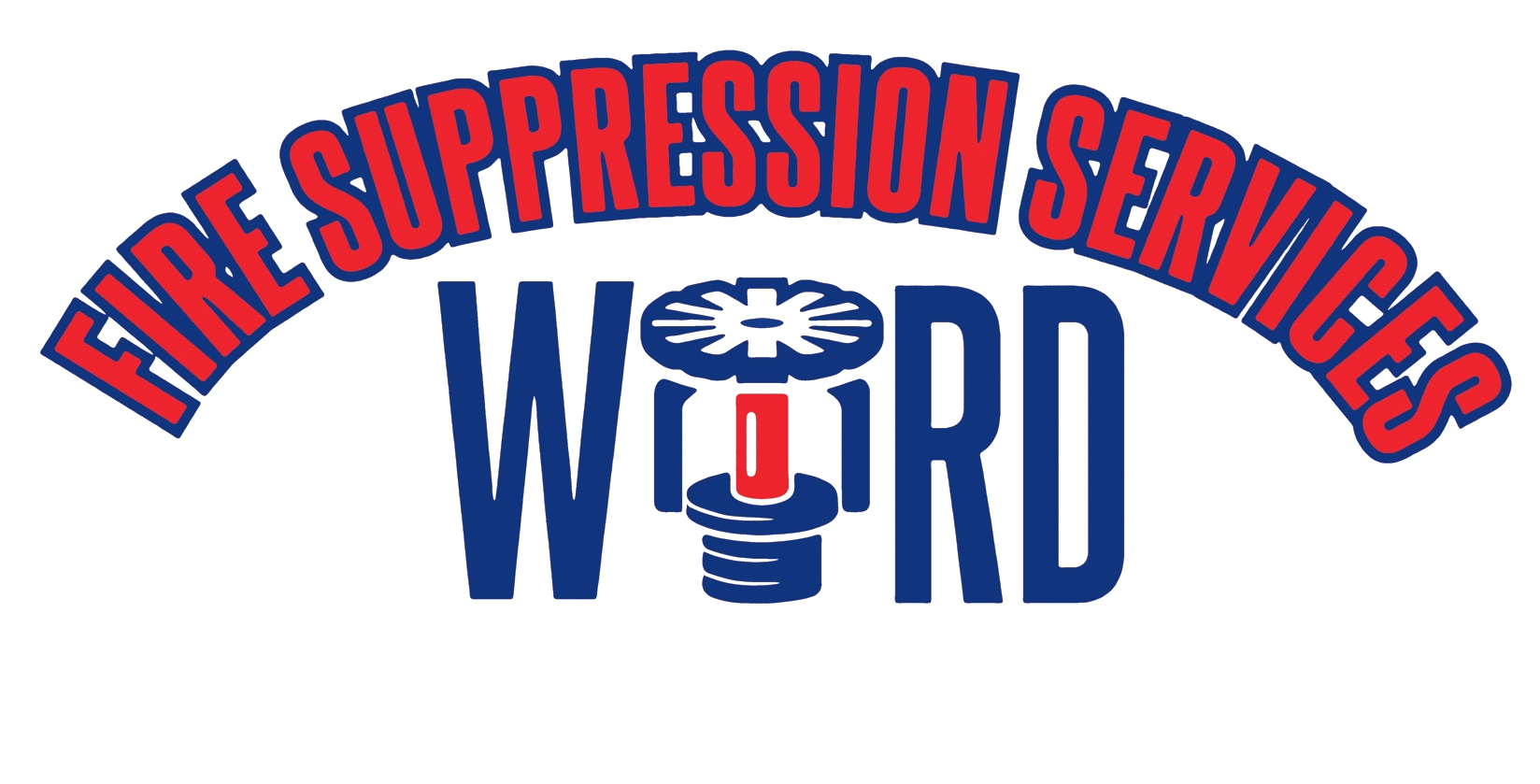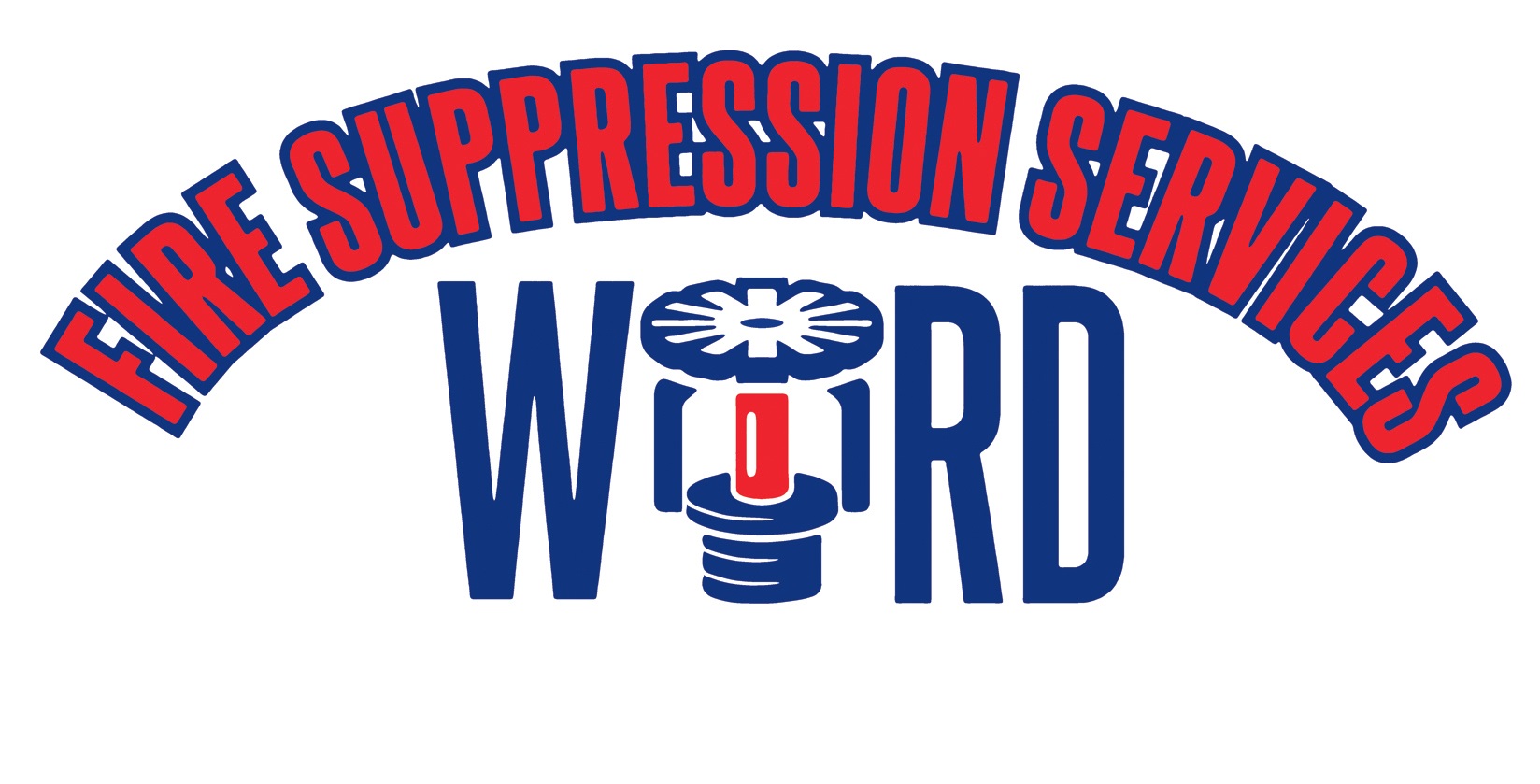
As temperatures drop, heating systems across New York jump from months of standby to near-constant operation. That sudden shift from idle to overworked is exactly when most furnace-related fires occur.
For commercial buildings, warehouses, and mixed-use facilities, November is the most demanding month for heating equipment. If your system has not been inspected, cleaned, or tested recently, you are risking a combination of combustible dust, overheated components, and silent failures that can quickly escalate into major fire hazards.
Ward, the region’s fire protection experts, explains what every facility manager should know about the November heating surge and how the right preventive steps can protect your building.
Why Heating Systems Become High Risk in November
1. Dust Accumulation Ignites Easily
Months of downtime allow dust to settle on burners, ignition sources, heat exchangers, and vents. When the system starts up at full power, that dust can ignite.
2. Overworked Systems Run Hotter
Early cold snaps cause furnaces to cycle more frequently. Continuous operation strains motors, belts, wiring, and ignition components, which increases the chance of overheating.
3. Deferred Maintenance Becomes a Problem
Minor issues from last season often turn into major failures once temperatures drop. Dirty filters, worn belts, and failing sensors all contribute to fire risk.
4. Ventilation Weakens Over Time
Blocked exhaust paths or restricted airflow in mechanical rooms trap heat around equipment. Trapped heat raises ignition risk dramatically.
5. Older Units Struggle Under Load
Aging equipment is more likely to short, seize, or overheat under November’s increased demand.
Warning Signs Your Heating System is Becoming a Fire Hazard
If you notice any of the following, your system needs immediate attention:
- Burning or electrical odors
- Frequent cycling on or off
- Uneven or weak heat output
- Tripped breakers or flickering lights
- New rattling, grinding, or vibration
- Soot or scorch marks around equipment
- Excessive dust or discoloration on vents
These symptoms often indicate overheating, electrical failure, or ignition risk.
How to Reduce Furnace Related Fire Risks This Month
Ward recommends a targeted preventive plan before winter reaches full force.
Clean and Inspect Burners, Ignitors, and Heat Exchangers
Dust, debris, carbon buildup, and corrosion must be cleared before equipment is pushed harder.
Verify Ventilation and Exhaust Pathways
Clear airflow prevents heat from accumulating around critical components.
Check Electrical Connections and Sensors
Loose or deteriorating wiring is a leading cause of heating-related fires.
Replace Filters Early
Clogged filters force the system to work harder and run hotter.
Test Emergency Shutoff Switches
These fail more often than facilities realize, and failure can lead to dangerous overheating.
Keep Combustibles Away from Mechanical Spaces
Items like cardboard, storage bins, and seasonal decorations often creep too close to heating equipment.
Why Facility Managers Trust Ward Fire Protection
Ward is known throughout the region as the fire protection expert for winter readiness. Our teams understand local climate patterns, heating system demands, and required code compliance. We provide:
- Detailed heating system inspections
- Comprehensive fire risk assessments
- Preventive maintenance on heating and life safety systems
- Emergency service for unexpected failures
- Accurate reporting for internal and insurance documentation
Prepare Your Heating System This Winter
A small issue in November becomes an emergency in January. Now is the time to get ahead of the season.
Schedule your heating system fire safety inspection with Ward today.

